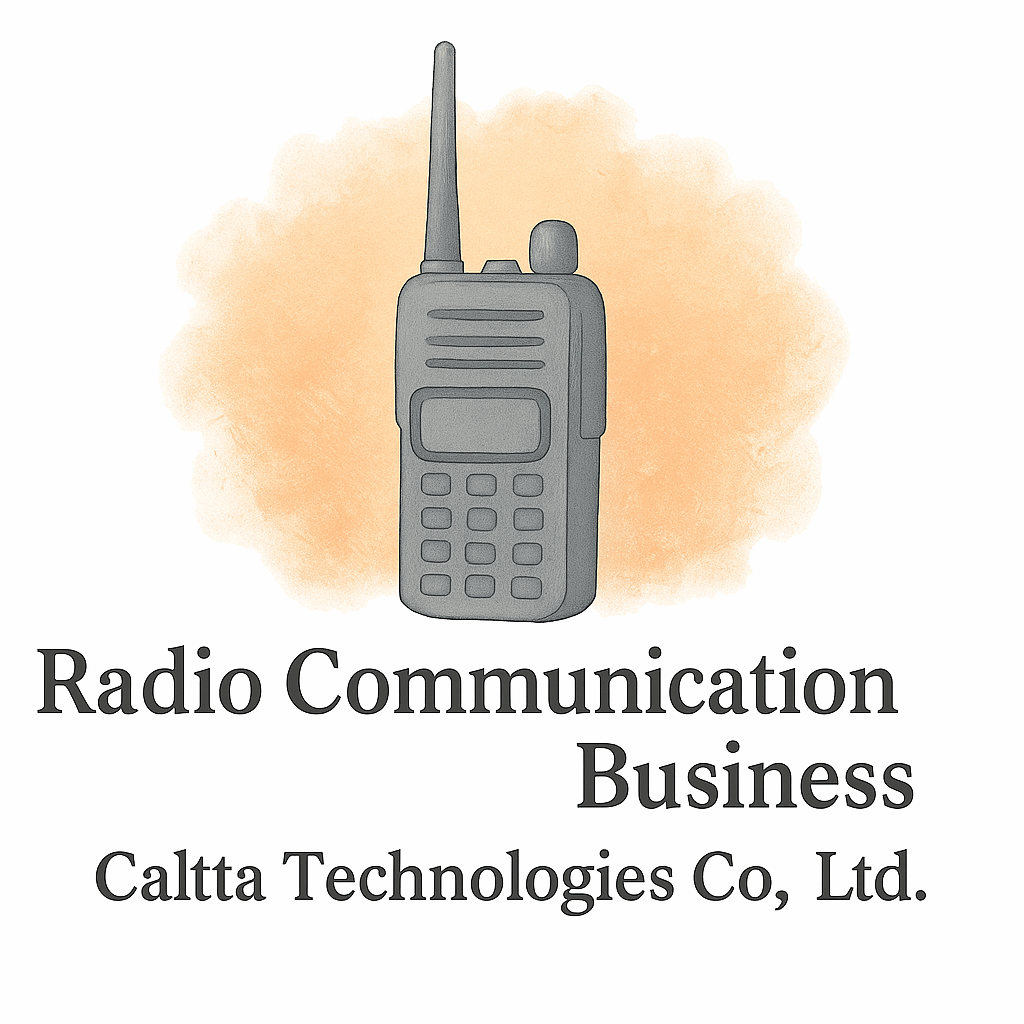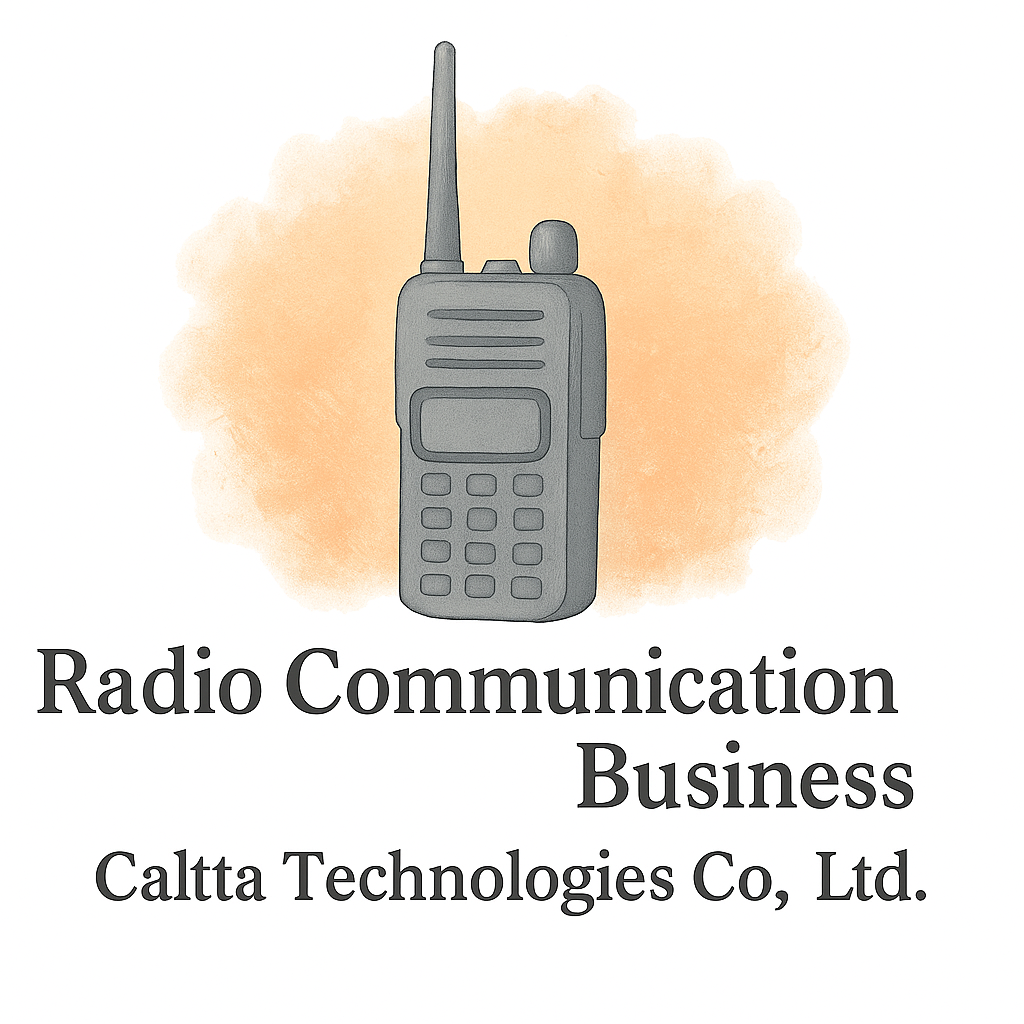Introduction: Why Radio Still Matters in the Digital Age
We live in a world where smartphones dominate our daily lives, but when disaster strikes, it’s not always your iPhone or Wi-Fi that comes to the rescue. Instead, one of the oldest technologies—radio communication—often steps up as the unsung hero. When cell towers go down, power grids collapse, or the internet becomes unreliable, radios keep people informed, safe, and connected.
This article explores nine real-life examples of how radio communication saved communities in crisis and why it continues to play a crucial role in modern emergency response.
The Role of Radio Communication in Emergencies
Why Radio is More Reliable Than Cell Service
During a crisis, mobile networks often get overwhelmed. Imagine thousands of people dialing emergency numbers at once—the system can’t handle it. Radios, on the other hand, run on independent frequencies and don’t rely on a centralized network. That means they’re more resilient and less likely to fail when everything else does.
How Radio Networks Keep Communities Connected
Radio communication allows responders, community leaders, and everyday people to share real-time updates. Whether it’s through walkie-talkies, ham radios, or local FM broadcasts, radio keeps the chain of communication alive when other systems collapse.
1. Radio Communication During Natural Disasters
Hurricanes and Floods
When Hurricane Katrina struck New Orleans, radio operators became the lifeline. With power lines destroyed and phones out of service, ham radio volunteers connected stranded residents with rescue teams. They transmitted locations, coordinated supply drops, and reunited families.
Earthquakes and Landslides
In Nepal’s 2015 earthquake, radios helped rescue crews coordinate in regions where roads were blocked. Local FM stations also broadcasted safety information, like where to find food, medical aid, and shelter.
2. Wildfire Response and Evacuations
Coordinating Firefighters and First Responders
Wildfires move fast, and every second counts. Radio systems allow firefighters across different agencies to coordinate without delay. This real-time communication often means the difference between controlling a fire or losing entire neighborhoods.
Keeping Residents Safe with Real-Time Updates
During the California wildfires, local AM and FM stations provided continuous updates. Residents learned evacuation routes, shelter locations, and air-quality warnings—all through radio, since cell networks burned down with the towers.
3. Search and Rescue Missions in Remote Areas
Mountain and Hiking Emergencies
When hikers get stranded in mountain ranges with no cell signal, radios become a lifeline. Rescue helicopters and ground teams rely on radio communication to locate and save them quickly.
Lost Boaters and Maritime Rescues
Maritime radios are the backbone of rescue operations at sea. A single “Mayday” call over the radio has saved countless lives, alerting the coast guard to emergencies where GPS tracking alone isn’t enough.
4. Radio in War and Conflict Zones
Protecting Civilians Through Broadcast Warnings
In war zones, radio often becomes the primary channel for alerting civilians about bombings, safe zones, or humanitarian corridors. Unlike digital apps, radio works without an internet connection.
Coordinating Humanitarian Aid
Organizations like the Red Cross use radio to coordinate food and medical supply distribution. Even when governments shut down digital networks, radios remain active tools for survival.

5. Radio During Power Outages and Blackouts
Emergency Broadcast Systems
Think about the last time you saw a test alert on your radio—it’s more than just a drill. Emergency broadcast systems have warned entire cities about incoming storms, toxic spills, or even security threats when other platforms failed.
Local Volunteers and Community Radio
Community radio stations play an unsung role. In Puerto Rico after Hurricane Maria, local stations broadcasted survivor stories, shared where aid was available, and lifted community morale when hope seemed lost.
6. Radio in Medical Emergencies
Coordinating Ambulances and Hospitals
Emergency radios allow hospitals and ambulances to share patient details before arrival, ensuring doctors are ready the second patients come in. In mass-casualty events, this coordination saves precious minutes.
Providing Health Information in Pandemics
During the COVID-19 pandemic, radios spread essential updates in rural areas with limited internet access. From hygiene practices to vaccination sites, radio ensured no one was left in the dark.
7. Radio in Aviation and Maritime Crises
Air Traffic Control and Pilot Safety
Pilots rely on constant radio updates from air traffic control. When equipment malfunctions mid-flight, radio instructions often guide pilots safely back to the ground.
Coast Guard and Emergency Maritime Calls
At sea, radio is still king. Coast Guard crews save thousands of lives every year thanks to distress calls made on maritime frequencies.
8. Community Preparedness Through Radio Drills
Local Emergency Simulations
Many towns conduct radio-based emergency drills. These simulations prepare volunteers, first responders, and citizens for real disasters, ensuring communication lines stay clear and effective.
Teaching Families How to Use Radios
Families who learn to use basic hand-held radios during crises can stay connected even if separated. It’s a small investment that pays off big during unexpected emergencies.
9. Radio Communication in Humanitarian Relief Efforts
Refugee Camps and Crisis Shelters
In refugee camps, radios connect aid organizations with families searching for loved ones. They also serve as educational tools, teaching displaced children and adults through radio-based learning programs.
Coordination Between NGOs and Local Authorities
NGOs often operate in areas without stable infrastructure. By using radio, they can coordinate food drops, medical care, and safe zones with local governments.
Lessons Learned: The Power of Radio Communication
Radio may feel old-school, but it consistently proves its value. From natural disasters to medical crises, its reliability keeps communities alive and informed.
How Businesses Can Learn from Crisis Communication
Applying Radio Principles to Business Continuity
Companies can learn from how radio thrives in crisis: redundancy, simplicity, and clarity. Businesses that build backup systems and prioritize clear messaging can weather disruptions better.
Investing in the Right Tools and Technology
Just like communities rely on radio tools, businesses must invest in the right equipment and technology for resilience. This includes communication backups, secure data storage, and clear emergency protocols.
For entrepreneurs and startups, resources like business startup basics and financial planning can help create stronger contingency plans. You can also explore valuable industry insights and marketing branding strategies to prepare your venture for uncertain times.
For more on smart planning, check these resources:
Conclusion: Why Radio Will Always Have a Place
When everything else fails, radio still works. It’s simple, durable, and universally accessible. From hurricanes to war zones, it has proven time and again that it can save lives. Communities that embrace radio communication—alongside modern tools—stand a better chance of staying safe and resilient in crises.
FAQs
1. Why is radio more reliable during emergencies?
Because it doesn’t rely on centralized infrastructure like cell towers or internet networks.
2. Can families use radios for personal safety?
Absolutely. Walkie-talkies and small ham radios are affordable tools that can keep families connected.
3. How does radio help in wildfires?
It coordinates firefighters across agencies and informs residents about evacuation routes.
4. Do hospitals still use radios?
Yes. Radios are essential for ambulance-to-hospital communication, especially during mass emergencies.
5. Can businesses benefit from radio-style communication strategies?
Yes—simplicity, clarity, and redundancy are lessons businesses can apply to crisis planning.
6. How do humanitarian organizations use radio?
They use it to coordinate relief operations and communicate with displaced communities.
7. Is radio communication outdated?
Not at all. It remains one of the most reliable tools in emergencies worldwide.


